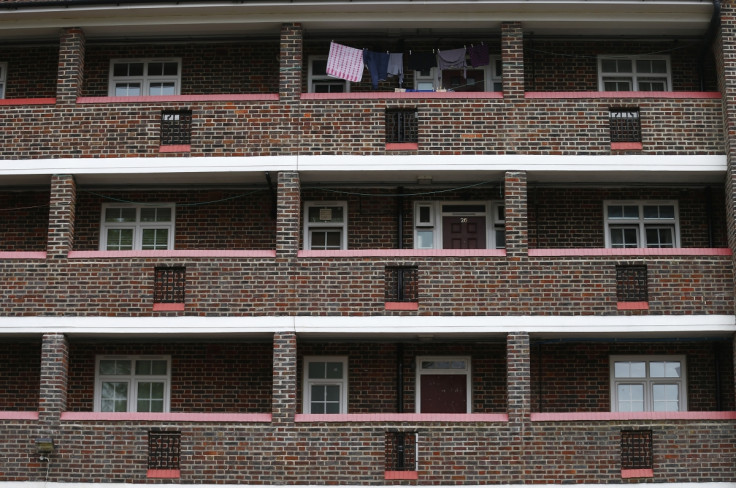Affordable housing explained: From homes for social rent to shared ownership
Despite a housing crisis and calls for more affordable housing, 2015-16 saw the fewest built for 25 years.

Though almost everyone agrees we're not building enough of it, the concept of "affordable housing" has become somewhat nebulous. Different people have different perceptions of affordability. And there are different types of affordable housing, too.
The official government definition is in the National Planning Policy Framework (NPPF), which is the guidance local planning departments use for reference. The NPPF includes the following under "affordable": "Social rented, affordable rented and intermediate housing, provided to eligible households whose needs are not met by the market."
"Affordable housing should include provisions to remain at an affordable price for future eligible households or for the subsidy to be recycled for alternative affordable housing provision," says the government.
It's probably helpful to break these terms down:
What is social rented housing?
This is self-explanatory. It means homes at social rents, which are set significantly below market rents; think typical council and housing association homes. Social rent levels are set by central government and intended for those who simply cannot afford to live in other types of housing without some sort of subsidised support.
What is affordable rented housing?
This term is similar, but can be a bit more expensive with some tenancies less secure than social housing. Rents are capped at a maximum of 80% of local market rates. Why is this different to social rented housing? Well by allowing councils and registered social housing providers to charge higher rents, the government hopes it can encourage more homes to be built by making it financially viable to do so — homes that many are able to afford.
What is intermediate housing?
This is for property that is for rent or sale below market rates, but does not fall into the above affordable or social rented categories. For example, shared ownership is classed as intermediate housing because it allows people to buy homes for below the full-market price by purchasing a percentage of it. Starter Homes also fall into this category because they are discounted by at least 20% for first-time buyers aged under 40.
These are formal definitions for local planners so they can meet affordable housing targets. But there is some controversy. Let's take Starter Homes as an example.
The Local Government Association (LGA), which represents councils, argues that Starter Homes are unaffordable for the majority of people. Moreover, they may crowd out the construction of genuinely affordable housing if developers are allowed to build them in lieu of affordable housing contributions under Section 106 agreements.
Others say in the most expensive areas such as London, defining affordable as 80% of local market prices is absurd, because a serious housing shortage is inflating the cost of housing and the market is severely distorted. Instead, it could be argued that linking affordability to local incomes is a better measure.
"It's only a rough guide, but we tend to say that the cut-off for what's affordable in this sense is 35% of your net household income (your income after tax and benefits)," wrote the housing charity Shelter on its blog. "Any more than this and it's likely that you'll have to cut back on something else or will have to borrow or will fall into arrears."
The number of new affordable homes sunk to a record low in 2015-16. The Department for Communities and Local Government (DCLG) said there were 32,110 new affordable homes delivered, the lowest since 1991-92, when records began.
© Copyright IBTimes 2025. All rights reserved.






















